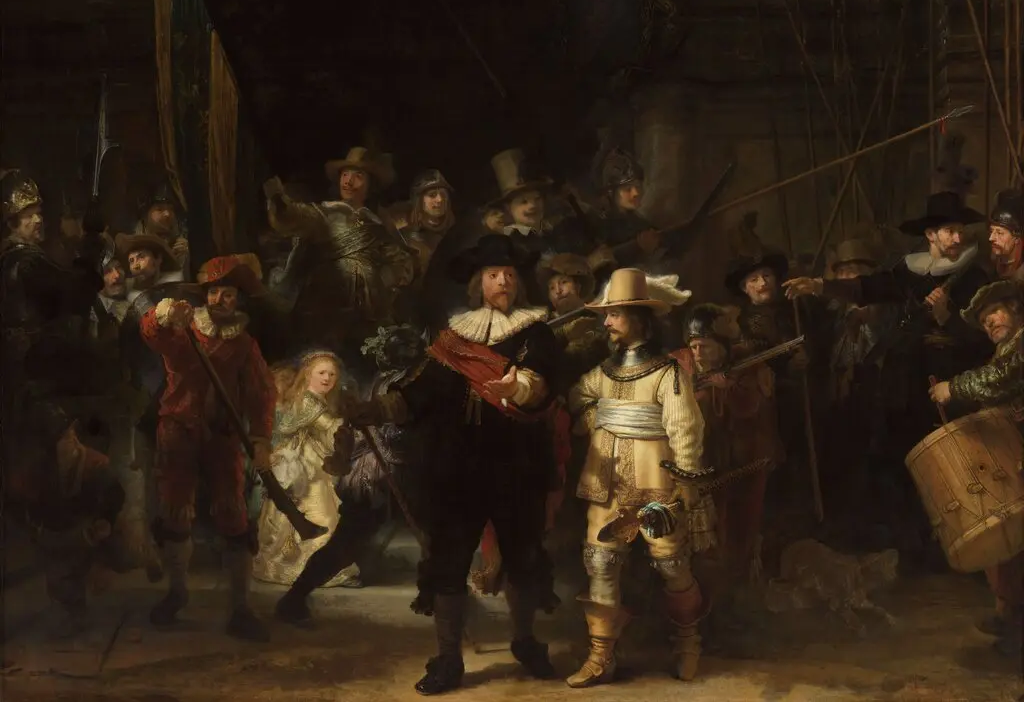For 40 years he convinced everyone he was a Rockefeller

From Air Mail: "Nick’s storied surname, sterling credentials, and high-level associations put him in the upper reaches of the American establishment. After graduating from Yale Law School in 1987 and clerking on the Ninth Circuit Court of Appeals, he became a partner in the Los Angeles office of Perkins Coie. Nick founded the Rockefeller Asia Advisory Group, RockVest Development, Rockefeller Pacific Ventures, Rockefeller Resources International, and the Rockefeller International Fund. He mingled with George and Barbara Bush, had the Reagans’ private numbers at both their home in Bel Air and their ranch in Santa Barbara. He was a Davos man, naturally, appearing on an Asia-related panel there with Klaus Schwab, founder of the elite business conclave. But after he died, when Kim phoned the Rockefeller Global Family Office, in New York — a call that dozens of people should have made over the previous 40 years — she was told that Nick was “not recognized as a member of the Rockefeller family.”
Venus flytraps are only native to the Carolinas and one woman is on a crusade to save them

From Garden & Gun: "The plant should be called the Carolina spidertrap, because it’s got nothing to do with Venus and hardly, if ever, catches flies. The most common victims are wolf and lynx spiders, carpenter ants, and daddy long-legs. For reasons biologists still don’t fully understand, flytraps’ native range is limited to a roughly eighty-mile strip of the eastern Carolinas, concentrated in North Carolina. Today they are known and grown the world over, turning up in botanical gardens, in the home collections of carnivorous plant enthusiasts, and in pop culture. Like many highly specialized species, they are fighting extinction as development steadily encroaches. They once grew in stunning abundance across their small range. Today, less than one hundred distinct populations remain in North Carolina, half of them harboring fewer than five hundred plants and some with less than a dozen. Still, some hotspots exist, and the rapidly growing town of Boiling Spring Lakes is one of them."
Why do many apartments in London have a sign beneath the window saying Ancient Lights?

From The Unfinished City: "These signs appear beneath various windows across older parts of the city. But what does the term 'Ancient Lights' mean? To discover the answer we must travel back to the 12th century, and the beginnings of English Common Law. King Henry II introduced travelling judges who went around the country settling disputes. If a dispute had been settled in another area, then the doctrine of precedent would be used. Hence, Common Law. 'Ancient Lights' is a right that protects a property owner's ability to receive natural light through their windows, which can be acquired once a property owner has enjoyed uninterrupted light through their windows for 20 years or more. Once this right has been acquired, the owner of the adjacent land cannot erect a building, plant trees or take any other action that would obstruct the flow of light to the protected windows. If the adjacent landowner does obstruct the protected light they may be sued, which could lead to an injunction and/or compensation."
Hi everyone! Mathew Ingram here. I am able to continue writing this newsletter in part because of your financial help and support, which you can do either through my Patreon or by upgrading your subscription to a monthly contribution. I enjoy gathering all of these links and sharing them with you, but it does take time, and your support makes it possible for me to do that. I also write a weekly newsletter of technology analysis called The Torment Nexus.
Art historians have solved a mystery involving Rembrandt's painting The Night Watch

From the New York Times: "It can be hard to make out the dog in the lower right-hand corner of Rembrandt’s monumental group portrait, “The Night Watch.” The paint has faded over time, and the dog falls into shadow, so its outline appears like just a blotch on the canvas.Yet for those in the know, the dog is a beloved feature that parents delight in pointing out to their children at the Rijksmuseum in Amsterdam. On Tuesday, researchers at the museum announced that they had discovered Rembrandt’s inspiration for the dog: a drawing by an artist named Adriaen van de Venne that was copied by another artist, François Schillemans, as an engraving for the title page of a book. The museum’s director said the finding emphasized that Rembrandt, like many artists, studied and consulted other creators before making his own work. A researcher said she discovered the source of inspiration while attending an exhibition of van de Venne’s works at the Zeeuws Museum in the southern Dutch city of Middelburg."
Is it possible to measure not just the height of a mountain but its grandeur?

From National Geographic: "When Kai Xu was 19 years old, the summer before starting his sophomore year at Yale University, he found himself staring up in wonder from the base of Mount Tom, a 13,652-foot peak in California’s Eastern Sierra Nevada range. At the time, Xu was a double major in applied mathematics and computer science; these days he’s a comp-sci doctoral student at New York University. And as he stood there in the Sierras, he couldn’t help seeking an algorithmic explanation for his awe. What he came up with—after a year of researching, programming, and calculating—is nothing less than a whole new way of measuring mountains. His system takes into account both a mountain’s height above its surroundings and the steepness of its rise, then spits out a single objective calculation that Xu has named jut—as in, how abruptly does a rock face jut into the sky? How magnificent is that relief to gaze up at?"
This is what happens when you divide by zero on an old mechancial calculator

Acknowledgements: I find a lot of these links myself, but I also get some from other newsletters that I rely on as "serendipity engines," such as The Morning News from Rosecrans Baldwin and Andrew Womack, Jodi Ettenberg's Curious About Everything, Dan Lewis's Now I Know, Robert Cottrell and Caroline Crampton's The Browser, Clive Thompson's Linkfest, Noah Brier and Colin Nagy's Why Is This Interesting, Maria Popova's The Marginalian, Sheehan Quirke AKA The Cultural Tutor, the Smithsonian magazine, and JSTOR Daily. If you come across something interesting that you think should be included here, please feel free to email me at mathew @ mathewingram dot com



